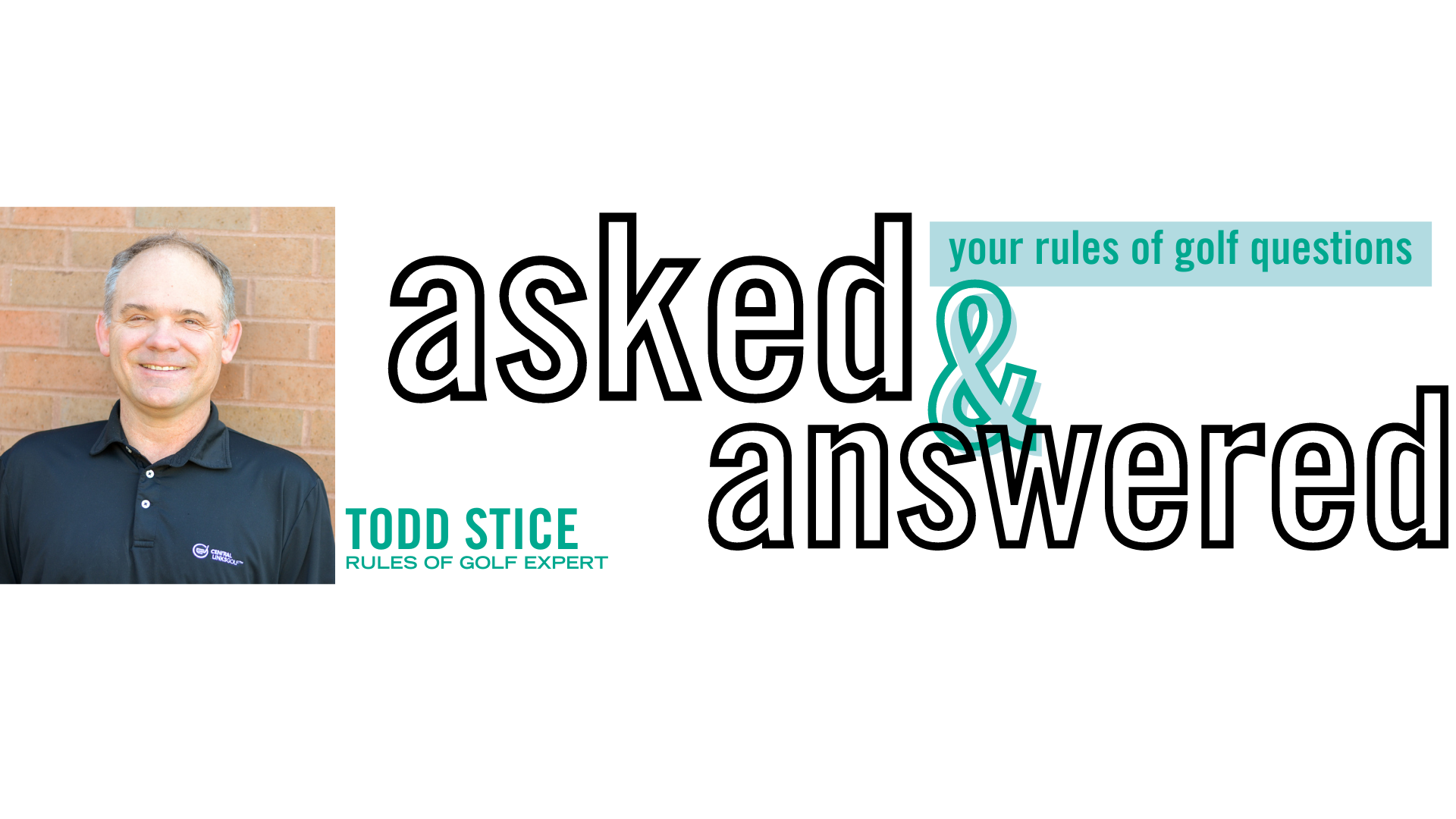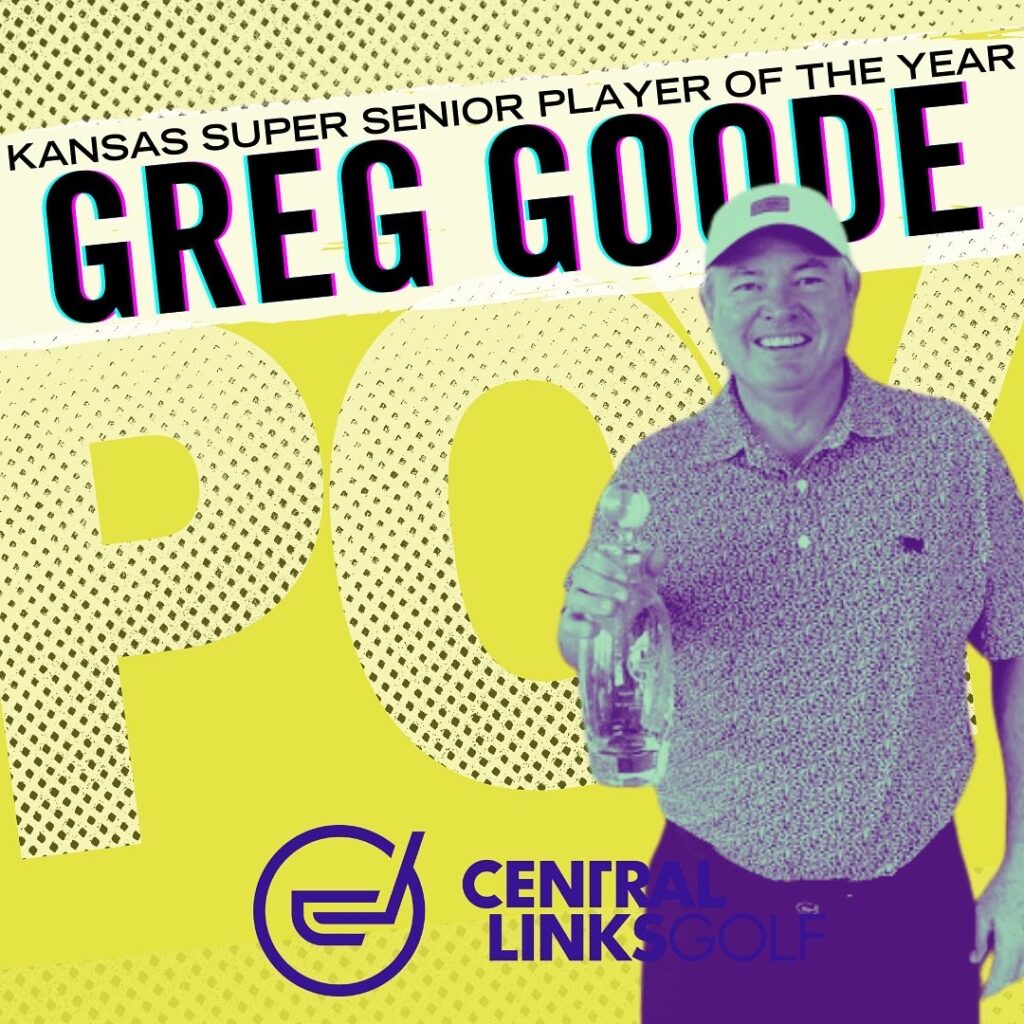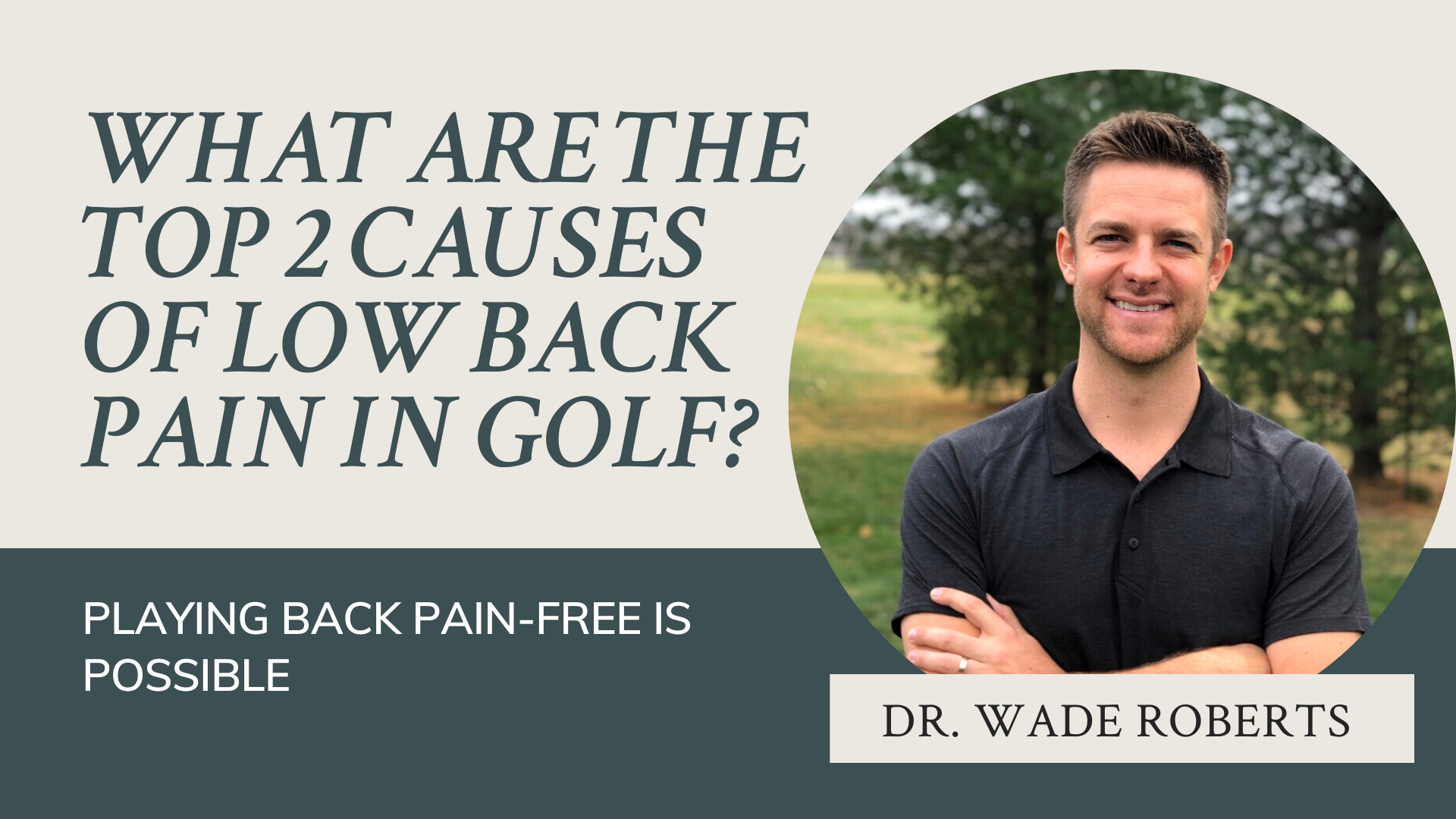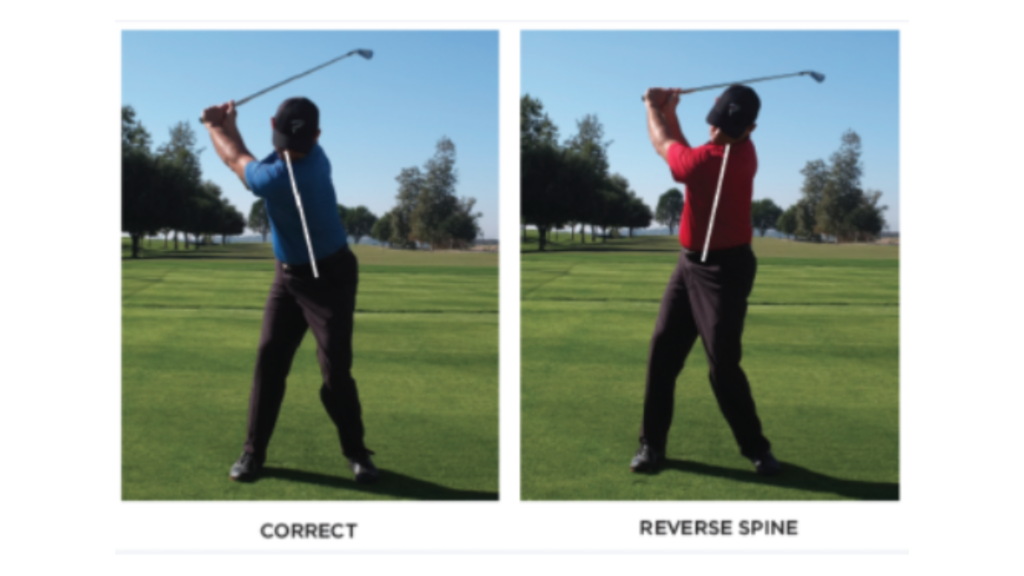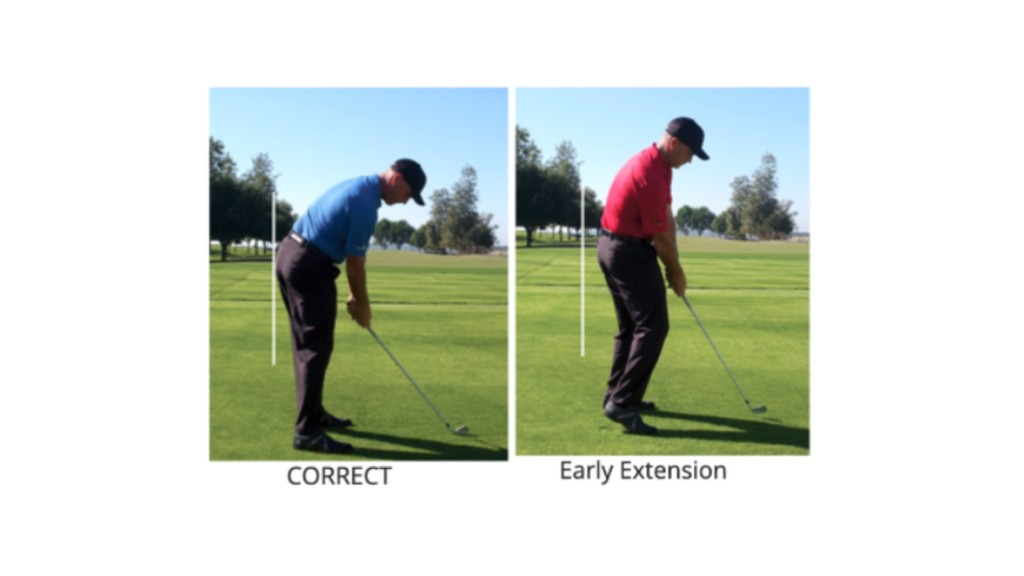On November 19, the Kansas City Golf Hall of Fame will welcome three new members at a gathering at Blue Hills. Long-time stand-out Fred Rowland who plays out of Wolf Creek; a fixture among the senior ranks, Don Kuehn; and the Devers Family who hailed out of Lake Quivira Country Club, will be added to a roster of twenty-one previous honorees.
Over a fifty-seven-year span, Rowland won seven KCGA titles from 1956 (Junior Amateur) to the Super Senior flight in the KCGA Amateur in 2013, including three consecutive Heart of America Four-Ball Championships with his long-time partner Dave Broderick.
He also won nine Kansas Golf Association titles, including three Senior Amateurs, three Senior Four Balls, and the Senior Team Championship. Add to that his eleven USGA Championship appearances and his Canadian Senior Amateur Championship and it’s no wonder voters overwhelmingly selected Rowland to join this year’s class.
With forty-four Championships and thirty-two runners-up to his credit, Don Kuehn has been a winner at the local, state, and national levels. He is the only player to have won the “Kansas Senior Slam” of three Senior Amateurs, five Senior Four Balls, two Senior Match Plays, and “The Railer” stroke play Championship. His victory in The Railer set records for the lowest score (-10), margin of victory (14 strokes), and as the oldest champion (71 years, 7 months).
He took his game on the road in 2011 and added three Porter Cups (Niagara Falls, NY), two Lupton Memorials (The Honors Course, Chattanooga), the Golfweek National Senior Match Play (Tobacco Road, NC), two Maumelle Classics (Arkansas), two Geranium Seniors (Georgia) and the Sunnehanna Senior (Johnstown, PA).
The Devers Family was nominated by the committee based on their collective record of success on the local, state, and international levels. Matriarch, Levon Devers won titles in six decades and was named one of “The Greatest Golfers in Kansas City History” by the Kansas City Star in 2001. She won the Kansas Women’s Amateur, the Senior Amateur, and eleven Kansas City Amateur titles.
Ian Devers won the Kansas Junior Amateur three times, played in the US Junior in 1987, was medalist in the KC Match Play, and was a finalist in the Kansas Amateur. He played college golf at KU and the University of Central Florida.
Clay Devers amassed an impressive portfolio as an amateur, winning the Kansas Junior and state High School titles in 1985, three consecutive Kansas Amateurs, and the KC Match Play and Open twice each before turning pro and racking up titles in the US and abroad. He won the South Dakota Open twice and won four times on the Asian Tour. He was a board member of that tour for four years.
Patriarch, Andy Devers served the members as Head Professional at Lake Quivira Country Club for 38 years and was a member of the British PGA, the Midwest Section, and the PGA of America. He was known as a fine teacher of the game, as witnessed by three of his prized pupils: Levon, Ian, and Clay.
The three honorees were chosen by a broad cross-section of local electors which included the Board of Directors of Central Links Golf, living members of the Hall of Fame, representatives of the Midwest Section PGA, and the Golf Course Superintendents Association.
Mark your calendar, and plan to attend the induction ceremony at noon at Blue Hills Country Club on November 19th. Email doug@clgolf.org for more information.
